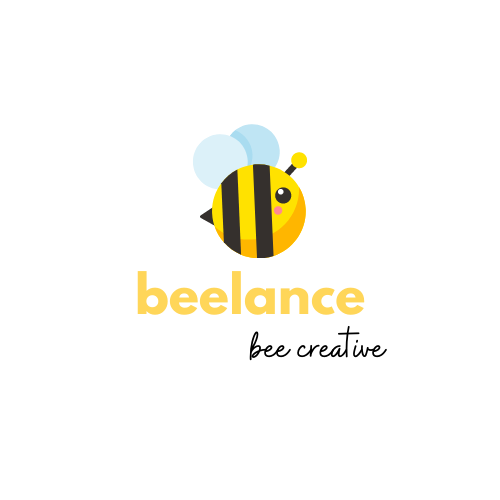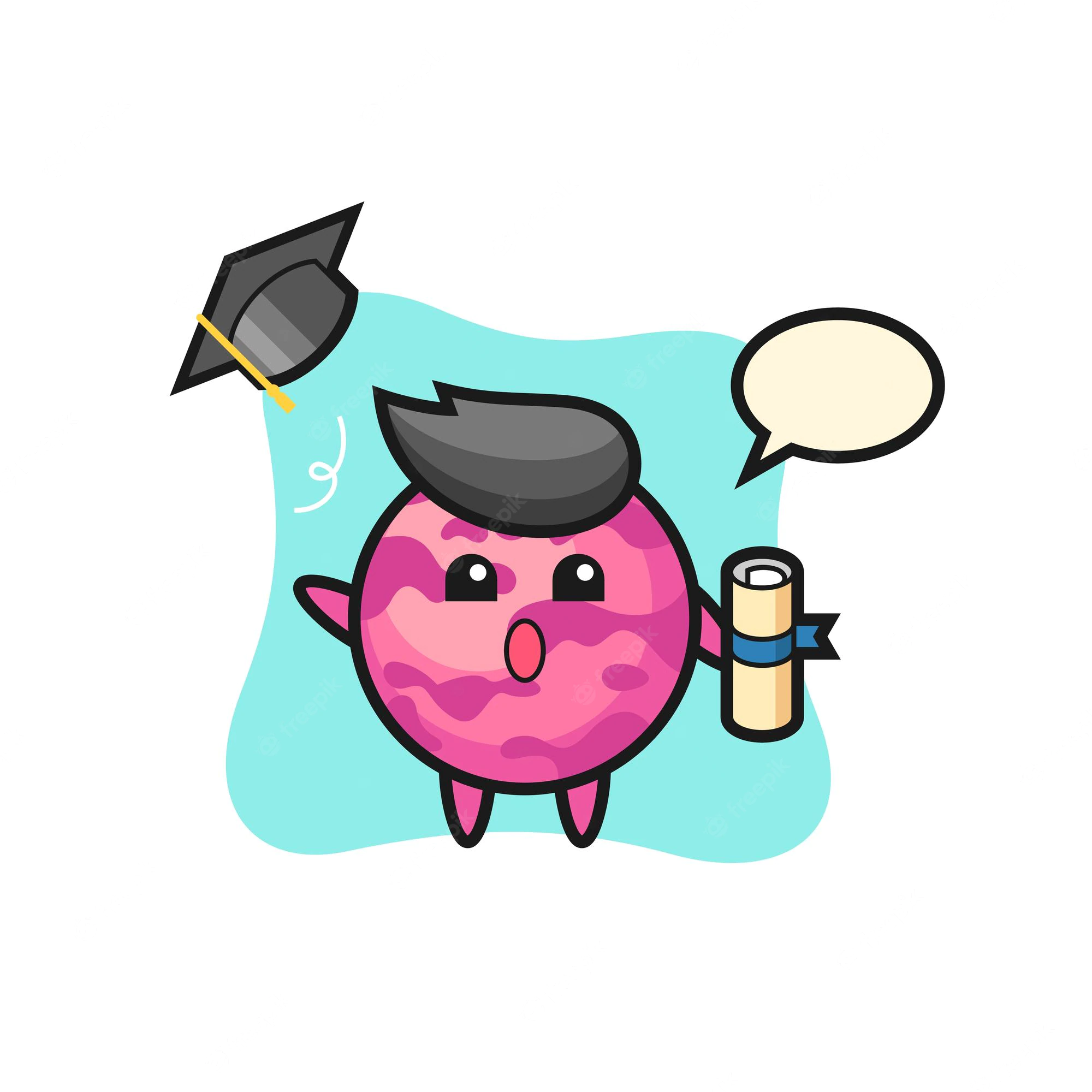In this article, we’ll show you how to build a Minecraft education edition agent in Education Edition so that your students have access to new features as well.
The Education Edition of Minecraft gives educators the opportunity to create virtual worlds for students. As such, it contains some additional features that make it easier for educators to manage and maintain the world. You can use agents in Education Edition to perform tasks autonomously or have an agent perform those tasks on a regular basis. The education agent is also useful if you want your students to have an experience where they can interact with a virtual version of the world that you control.
Read on if you want to know more about how agents work, what role they play, and how you can set up one within your educational environment.
Overview of Agents in Minecraft Education Edition
The Education Edition of Minecraft adds the ability to create agents. These are virtual entities that can be either a player or a computer. Agents can be used to autonomously perform a variety of tasks, such as trading with other agents, managing and exploring the world, and performing light repairs on your world. You can also use a task scheduler and sensors to have an agent perform tasks on a regular basis.
Agents in Education Edition can be created both in the client and in the server. Agents add another level of collaboration between players in Education Edition. You can create an agent either on a client or on the server. Once created, the agent is available to other players on the server or on the client. You can choose to make your agent public or private. You can then choose to allow your students to create an account on your agent.
Image Source: FreeImages
How to Build an Agent for Minecraft Education Edition
To create an agent, you must be on the server or the client of Education Edition. You can also create an agent in a single-player world, but you can’t have other players connect to your agent. When you start creating an agent, you’ll be asked to create a new user account, which is optional. After creating the user account, you can choose to make the agent public, which is what most educators do. You will then be asked to choose a name for your agent. You can give your agent a random name, or you can use your own name if you want to create a more personal experience.
After you’ve chosen your name, you’ll be able to choose a username and password for your agent. When you’re finished with these setup steps, you can connect to your agent from the client or from the server. From here, you can create a world for your agent, choose a name for your new world, and then give your agent permissions to access the world.
Set up a Task Scheduler for Your Agent
One of the ways that you can use an agent is to have it perform tasks on a regular basis. For example, if one of your students is an engineer, you could have an agent manage the construction of a new structure on a regular basis. In this way, your student has the opportunity to learn more about engineering while also participating in the world and engaging with other players.
You can also have your agent perform simple maintenance tasks, such as repairing your construction projects or mining obsidian using a autotoolstation. You can create a task schedule for an agent in the same way that you create a task schedule for a player.
From the agent overview screen, you can click “Create a new schedule” to create a new schedule for an agent.
In the Schedule dialog that appears, you can create a schedule for the following categories: Time -Based – Day – Week – Month – Year – Hour – Minute – Second – Subminute – Minutes – Second – Subsecond – Location – Nearby – Near – Nearby (routing) – Near (routing) – Remote – Local – World
Create and Configure Sensors
In addition to performing tasks on a regular basis, you can also have an agent continuously monitor the world around it. For example, you can have an agent continuously monitor your world and detect when a player approaches. If you have a weather station mod installed, you can create an agent that continuously monitors the weather and has that agent notify you when the weather becomes stormy or when it is going to rain.
You can also create an agent that continuously monitors the temperature and has that agent notify you when the temperature is too high or too low. You can use this periodic sensor to manage your outdoor environment, such as having your agent control a sprinkler system when the temperature is too high or too low.
Use a Voice Chat Service with Your Agent
Finally, you can also use an agent to communicate with other agents. You can use the in-game chat feature or a third-party voice chat service for this purpose. For example, if you have students who are collaborating on a project, you could have an agent that uses the voice chat feature to communicate between the students.
You can also have an agent that uses a third-party voice chat service to communicate with other students who are outside of your school’s network. Before setting up a voice chat service with your agent, you’ll want to make sure that you have a strong password and that the service is secure. You can also have your students use text-to-speech tools to communicate with one another.
Conclusion
Agents are one of the more interesting features of Minecraft Education Edition, and they add another layer of collaboration between players. You can also use them to autonomously perform tasks, such as repairs and monitoring the world on a regular basis. In addition, you can have an agent communicate with other agents, including those from other players. If you use agents in your educational environment, you might find that they are one of the most useful features available to you.
Read more blogs about STEM for kids!

